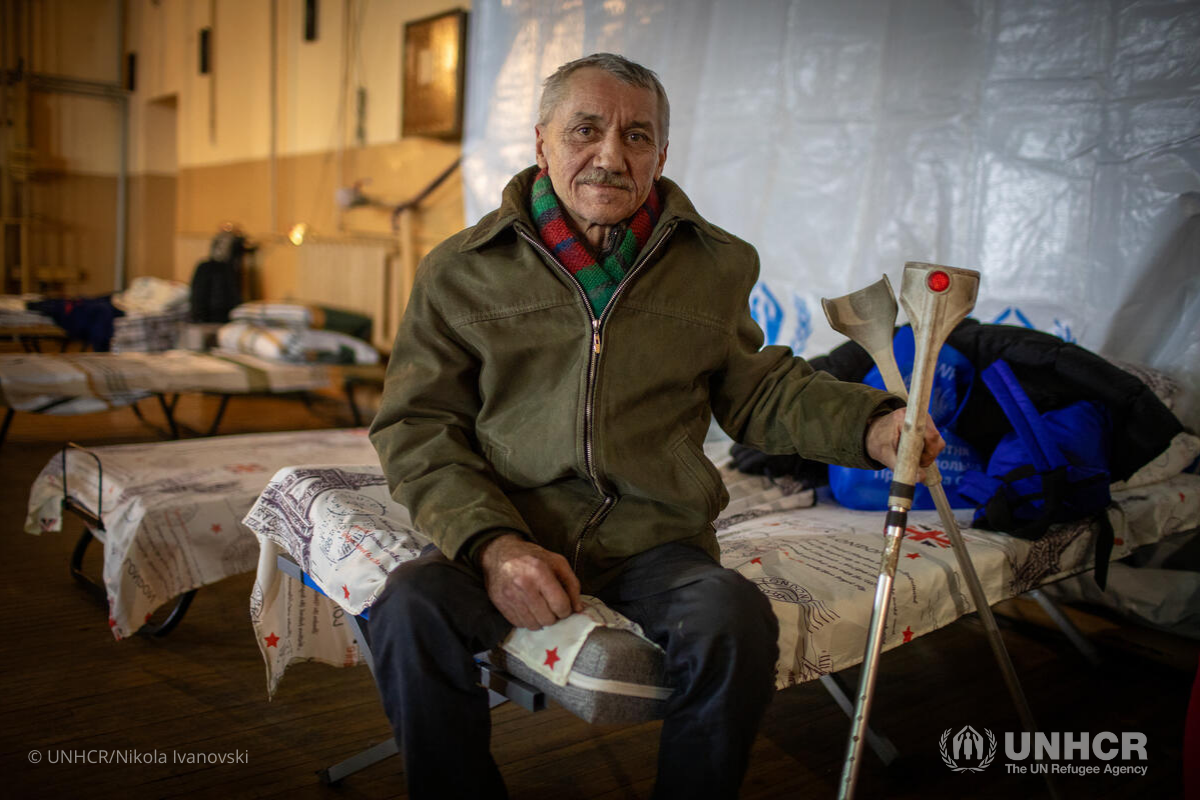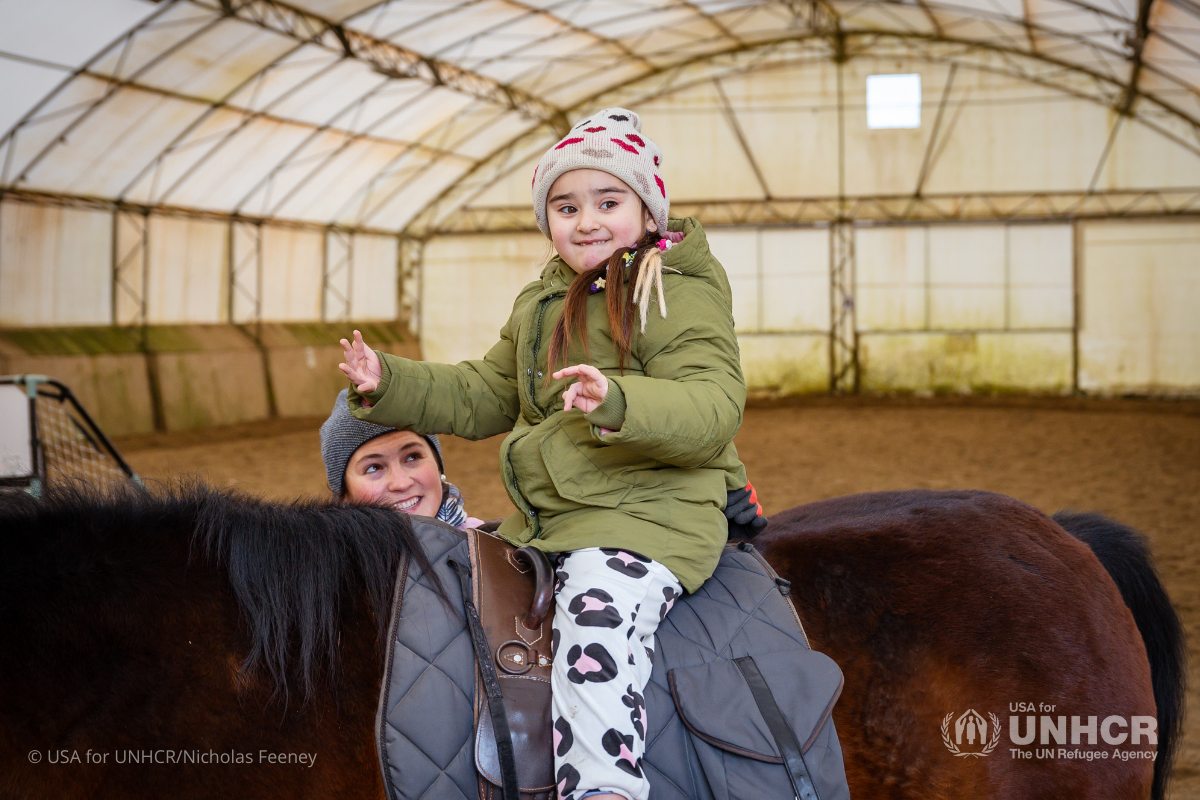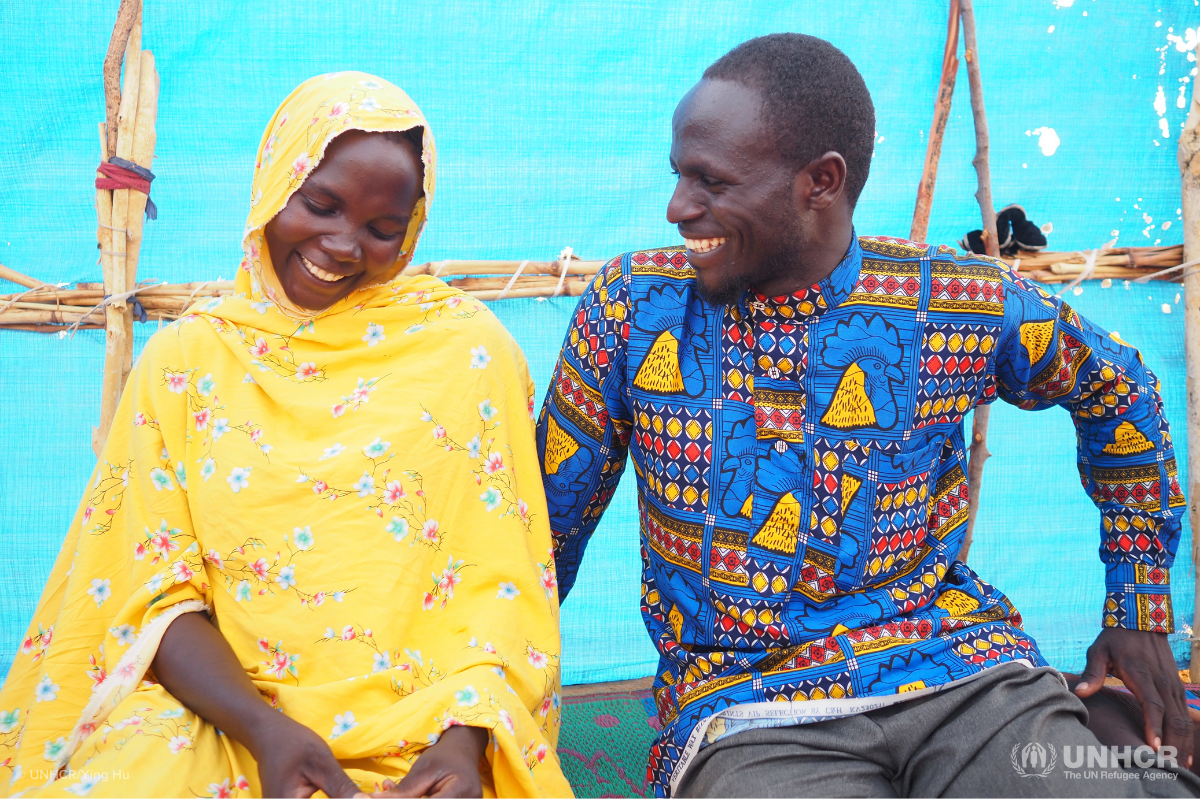Five emergencies that pushed displaced communities to the brink in 2022
By the end of 2022, the number of forcibly displaced people worldwide surpassed a devastating 100 million. This increase was caused by a variety of factors, including the ongoing conflict in Ukraine, economic struggles in various countries and the effects of climate change. Protracted refugee situations continued to impact communities around the globe, many of whom are still experiencing long-term displacement and its associated challenges.
In response, UNHCR, the UN Refugee Agency, has been working tirelessly to provide aid and support to displaced communities worldwide.
From providing cash assistance, food and shelter to protecting the rights of displaced people, UNHCR has been on the frontlines of conflict, supporting those affected by these crises. However, due to major funding gaps in 2022, refugees and other displaced people are struggling more than ever before. Here are five crises and emergencies around the world that pushed displaced communities to the brink in 2022.
Conflict in Ukraine
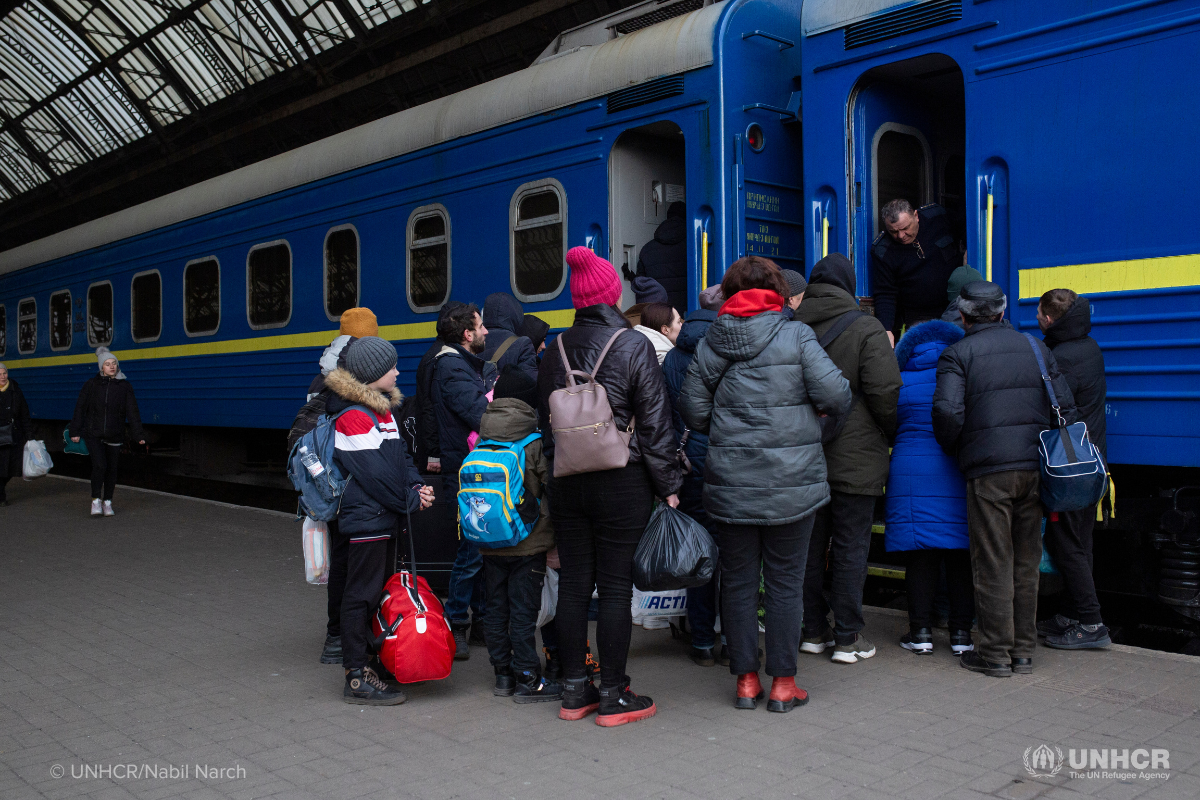
The war in Ukraine has not only uprooted millions from their homes but is also causing detrimental impacts for refugees and displaced people in vulnerable regions. In 2022, UNHCR had a $700 million funding gap for lifesaving aid to refugees and other forcibly displaced individuals in a number of operations in countries like Uganda, Iraq, the Democratic Republic of the Congo and Ethiopia. Because of this, forcibly displaced individuals were forced to make heart-breaking choices, such as whether to buy medicines for elderly relatives or food for their children.
For displaced individuals in Ethiopia, who have endured nearly three years of conflict in the northern region of the country, a critical funding gap of nearly $200 million put three major operations at critical risk, including health, well-being, and basic needs, as well as sustainable housing and settlement assistance.
Alongside funding gaps, the war in Ukraine has also put a strain on grain supplies worldwide. Ukraine is one of the world’s largest grain exporters, and conflict in the region has sent prices of staple foods such as wheat and vegetable oil soaring on world markets. This shortage has placed 50 million people at risk of starvation, many of whom are refugees in dire conditions, like those facing drought in the Horn of Africa.
Droughts in the Horn of Africa
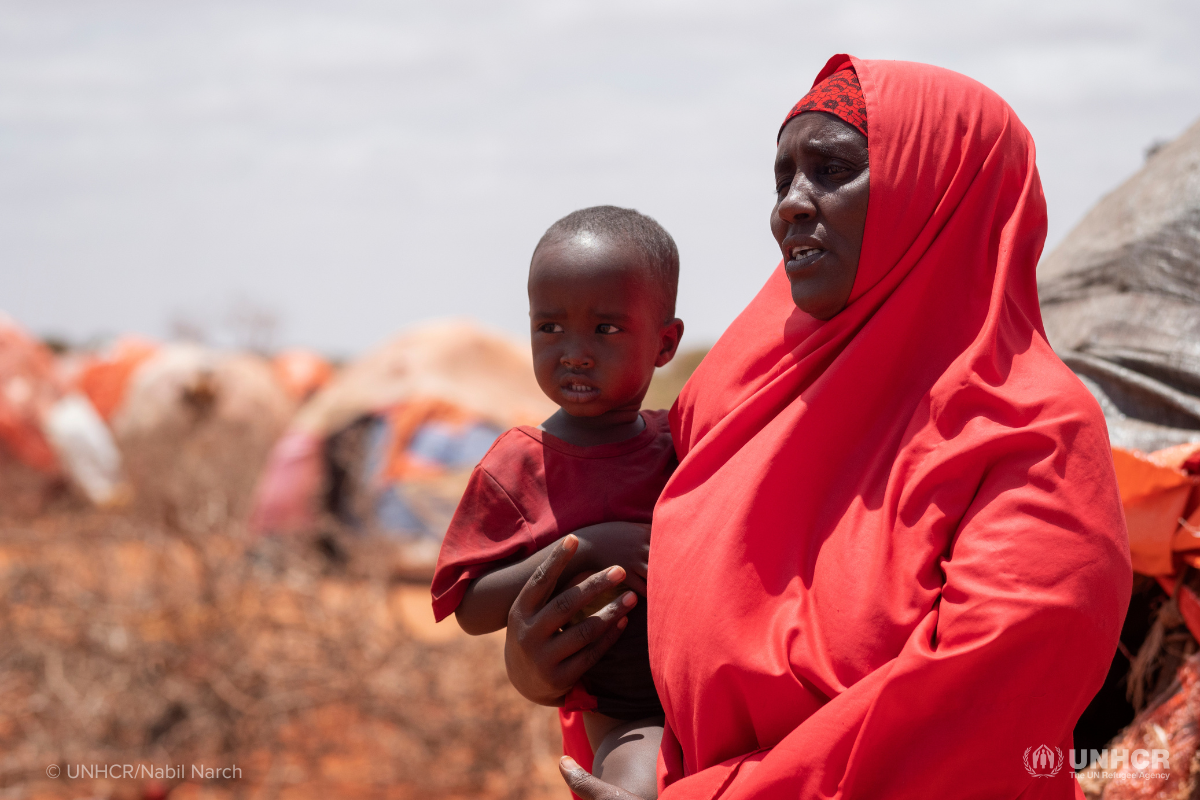
In 2022, the Horn of Africa experienced one of the most severe droughts in the past 40 years as a result of four consecutive years of failed rains and changing climate conditions. Across the region, more than 36 million people were affected by drought, increased food insecurity and conflict.
The drought had a significant impact on millions of refugees, internally displaced persons (IDPs), and host communities in Ethiopia, Kenya and Somalia. It caused water sources to dry up, livelihoods to be destroyed, and prices to rise, leading to new displacement both within the countries and across borders. This was due to a combination of conflict, climate shocks, and specific impacts on existing refugee camps and settlements, as well as host communities in all three countries.
By June 2022, UNHCR estimated that more than 18.4 million people faced severe hunger, unprecedented food insecurity and water shortages due to the drought. As a result, 7.1 million children in Ethiopia, Kenya and Somalia were estimated to be acutely malnourished.
In Somalia, the drought impacted some 7.8 million people, with 1 million displaced due to drought in 2022 alone. The crisis was further exacerbated by funding shortfalls for food assistance, coupled with the global economic crisis and the war in Ukraine — which caused a drastic increase in food and commodity prices.
Impact of the Afghan crisis on displaced communities and women and girls
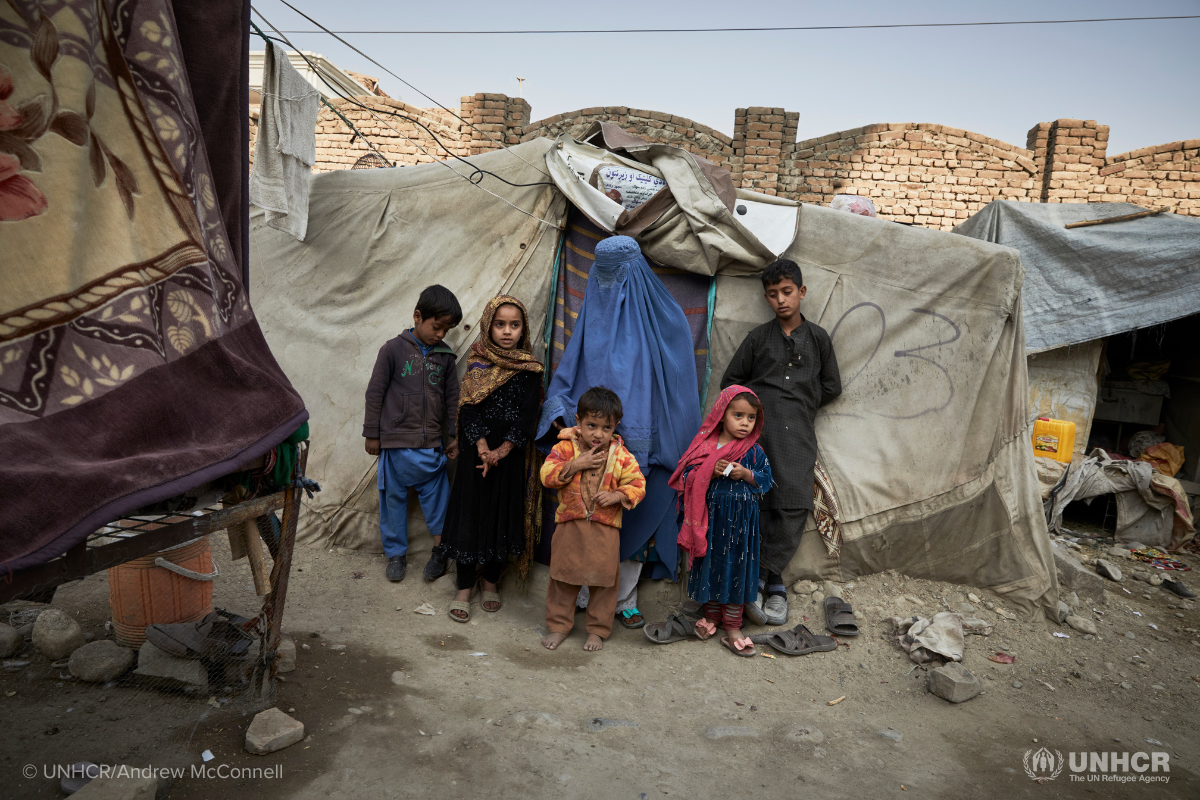
After more than 40 years of conflict, Afghan refugees continue to constitute one of the largest protracted displacement situations in the world, with more than 6 million Afghans having been forced to leave their homes due to conflict, violence, poverty and human rights abuses.
In 2021, shortly after the Taliban took full control of the country, the situation in Afghanistan further deteriorated, and freedoms declined for many vulnerable communities, including women and girls.
Since the Taliban came to power, girls have been banned from attending high schools and universities. By the end of 2022, the Taliban announced a new directive preventing women from working for NGOs. According to UNHCR, this new ban is expected to have major impacts on the delivery of vital humanitarian aid at a time when half of Afghanistan's population is facing acute food insecurity, and more than 3 million people still remain displaced from their homes.
“Preventing women from humanitarian work is a grave denial of their humanity. It will only result in further suffering and hardship for all Afghans, especially women and children,” says the UN High Commissioner for Refugees, Filippo Grandi.
In addition to dealing with harsh laws imposed by the Taliban and the long-term effects of being one of the world's longest refugee crises, displaced people across Afghanistan continue to reel from the impacts of the 2021 takeover. Many internally displaced Afghans continue to live in challenging conditions due to the economic turmoil caused by the ongoing conflict and the lasting effects of the COVID-19 pandemic.
Venezuela the forgotten crisis
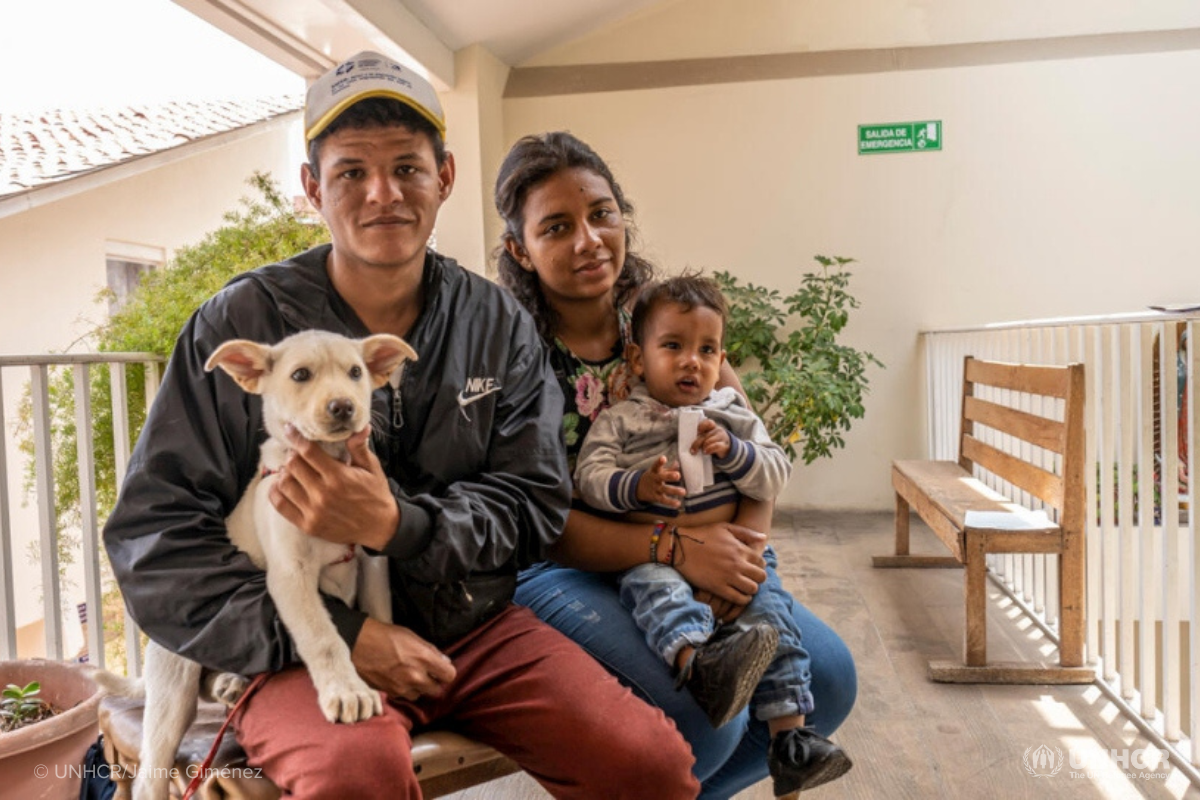
In 2022, 4.3 million refugees and migrants from Venezuela faced challenges accessing food, housing, and stable employment. Venezuelan refugees and migrants in Colombia were particularly affected as the country faced its highest level of inflation in two decades and high unemployment rates, which increased their vulnerability and made it difficult for many to rebuild their lives and integrate into host societies across the region.
Alongside this, a shortage of humanitarian funding meant that only the most vulnerable were able to receive support from the UNHCR and other NGOs.
According to a UNHCR assessment done in 2022, three-quarters of Venezuelan refugees and migrants struggled to access basic services across Latin America and Caribbean countries, this resulted in a number of Venezuelans— particularly those who lacked documentation, livelihoods, and prospects of local integration— to leave Colombia and other countries and make dangerous journeys in search of a safe and sustainable future.
Floods in Pakistan
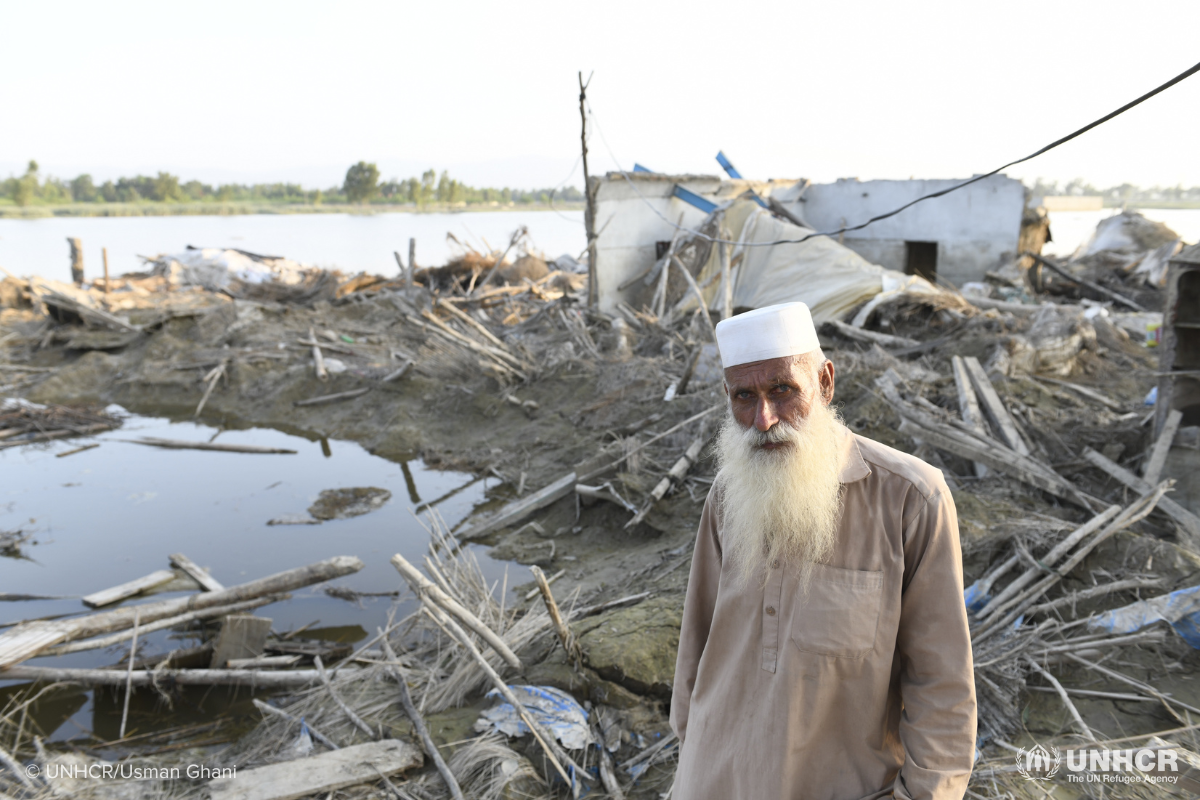
In August 2022, Pakistan was inundated by heavy rainfall that resulted in devastating floods and landslides. These storms not only destroyed homes, buildings, schools, and other communal structures in refugee villages and host communities but also caused widespread injuries, death and displacement. The flood greatly impacted a large community of Afghan refugees being hosted in Pakistan.
For nearly four decades, Pakistan has welcomed and hosted Afghan refugees who were forced to flee conflict in their own country. Currently, there are approximately 1.3 million registered Afghan refugees in Pakistan, with an estimated 800,000 of them located in districts affected by the floods.
Afghan refugee Bahadur was one of the many Afghans displaced by the monsoon floods. He worked as a farmer in Pakistan and lost some of his livestock, putting his livelihood at risk. Despite assistance from UNHCR, he is concerned about the future of his family.
"We are grateful for the tents and shelter provided and a mosquito net, but there are many other problems that we are facing here," says Bahadur. "We are sleeping on the ground. We don't have access to clean drinking water or medical facilities, we can't get food on a daily basis, and we struggle to feed our families."
How To Help…
Despite these challenges in 2022, UNHCR worked tirelessly to ensure that displaced people and their host communities received the lifesaving assistance and protection they needed to feel safe and empowered.
You, too, can help ensure that the needs of all displaced communities are met in 2023 by becoming USA for UNHCR’s newest monthly donor. Through your generosity and compassion, displaced families can receive cash assistance, shelter, food and other vital necessities needed to survive.
